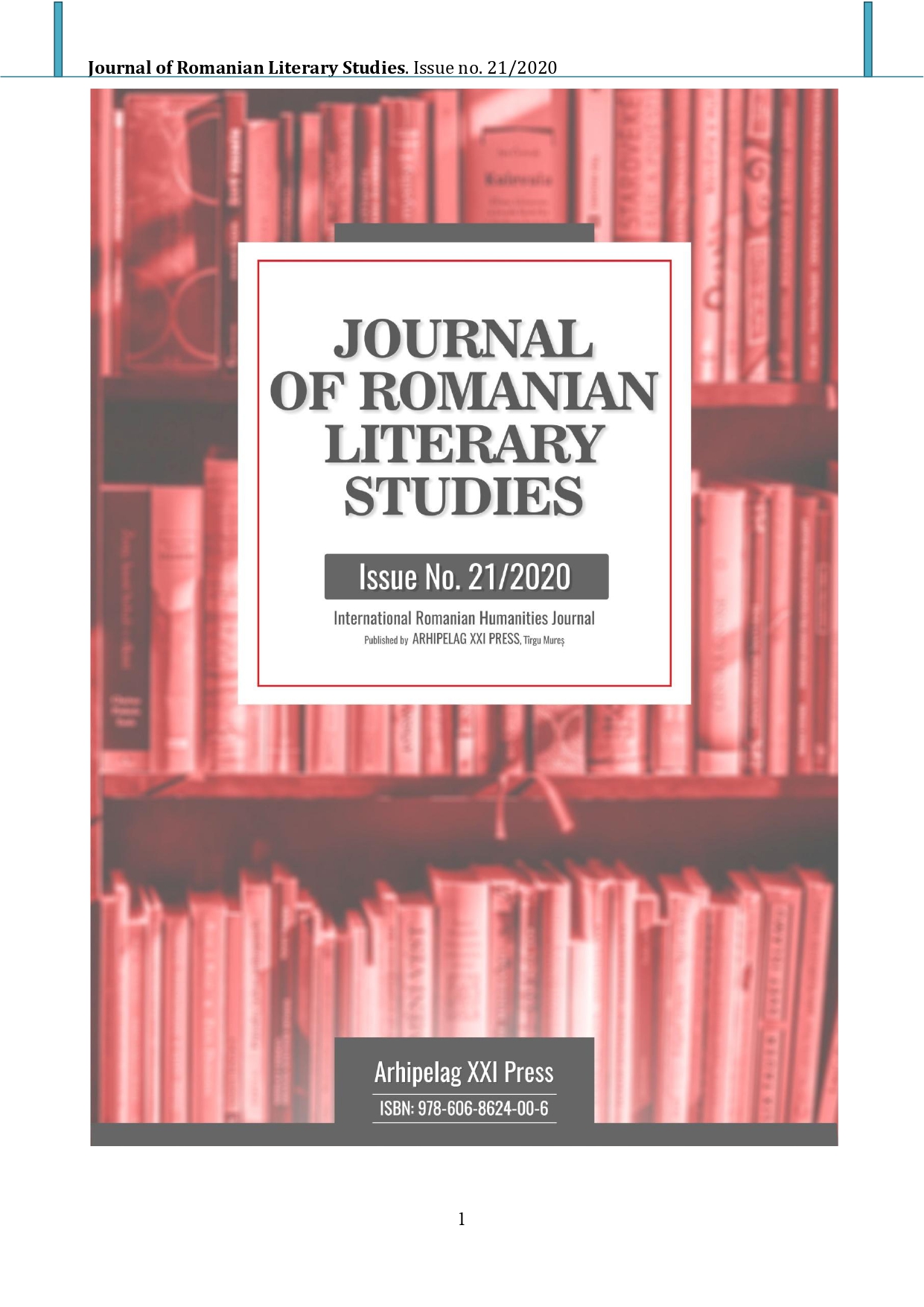COMPARATIVE APPROACH TO PRAGMATIC-RHETORICAL PECULIARITIES REFLECTING THE ADVERTISING DIMENSION OF THE LINGUISTIC MESSAGE EMBODIED IN THE TOURIST GUIDES
COMPARATIVE APPROACH TO PRAGMATIC-RHETORICAL PECULIARITIES REFLECTING THE ADVERTISING DIMENSION OF THE LINGUISTIC MESSAGE EMBODIED IN THE TOURIST GUIDES
Author(s): Ioana-Daniela BălăuțăSubject(s): Media studies, Descriptive linguistics, Theory of Communication, Social Theory, Sociology of Culture, Sociology of the arts, business, education
Published by: Editura Arhipelag XXI
Keywords: travel guide; pragmatic-rhetorical peculiarities; advertising language; quantitative and qualitative analysis; comparative approach;
Summary/Abstract: In this study, our research focuses only on the linguistic approach of the text in tourist advertising, although the valuation of the referent is also made by the iconic representation, which is often present for the credibility of the enunciator and for the seduction of the reader. The perspective of pragmatic-rhetoric approach of speech materialized in travel guides, under which the analyses in this paper stand, concerns the persuasion mechanisms aimed at promoting the destination of Romania in the travel guides written in Romanian and French. The messages transmitted are not only intended to inform, but have a pragmatic purpose, that of convincing, influencing the behavior of the "potential customer", highlighting the perlocutory dimension of the advertising language embodied in the travel guides. Persuasion is not an easy mission, it requires adequacy of strategies according to the cultural representations of the target audience and our analysis aims to study the means that allow the transition from information to persuasion in the travel guide about Romania, from the two cultural spaces. We consider that the discursive advertising dimension of the travel guide is based both on persuasive strategies that turn to seduction, emotion, and logical arguments represented by semantic figures (tropes) such as metaphor, comparison and figures of thought: syllogisms, entimemes, etc. The aim we pursue is to demonstrate that the study of processes that highlight the particularities of advertising language in tourism, illustrated in travel guides, emphasizes that the travel guide is an informative-explanatory tool whose multiple discursive capacities (informative-explanatory, descriptive, injunctive, argumentative, procedural) are dominated by the promotional purpose.
Journal: Journal of Romanian Literary Studies
- Issue Year: 2020
- Issue No: 21
- Page Range: 791-802
- Page Count: 12
- Language: Romanian

